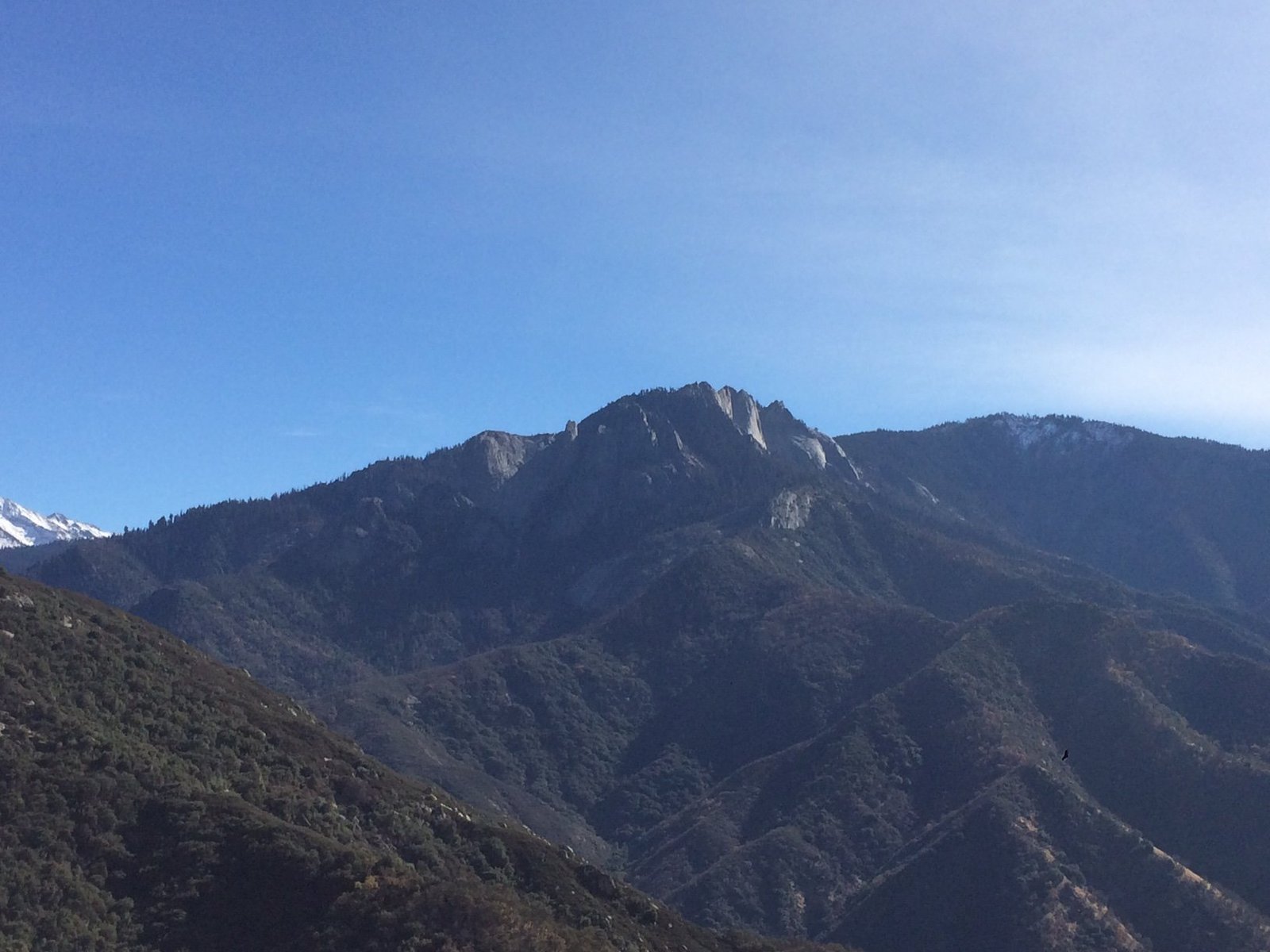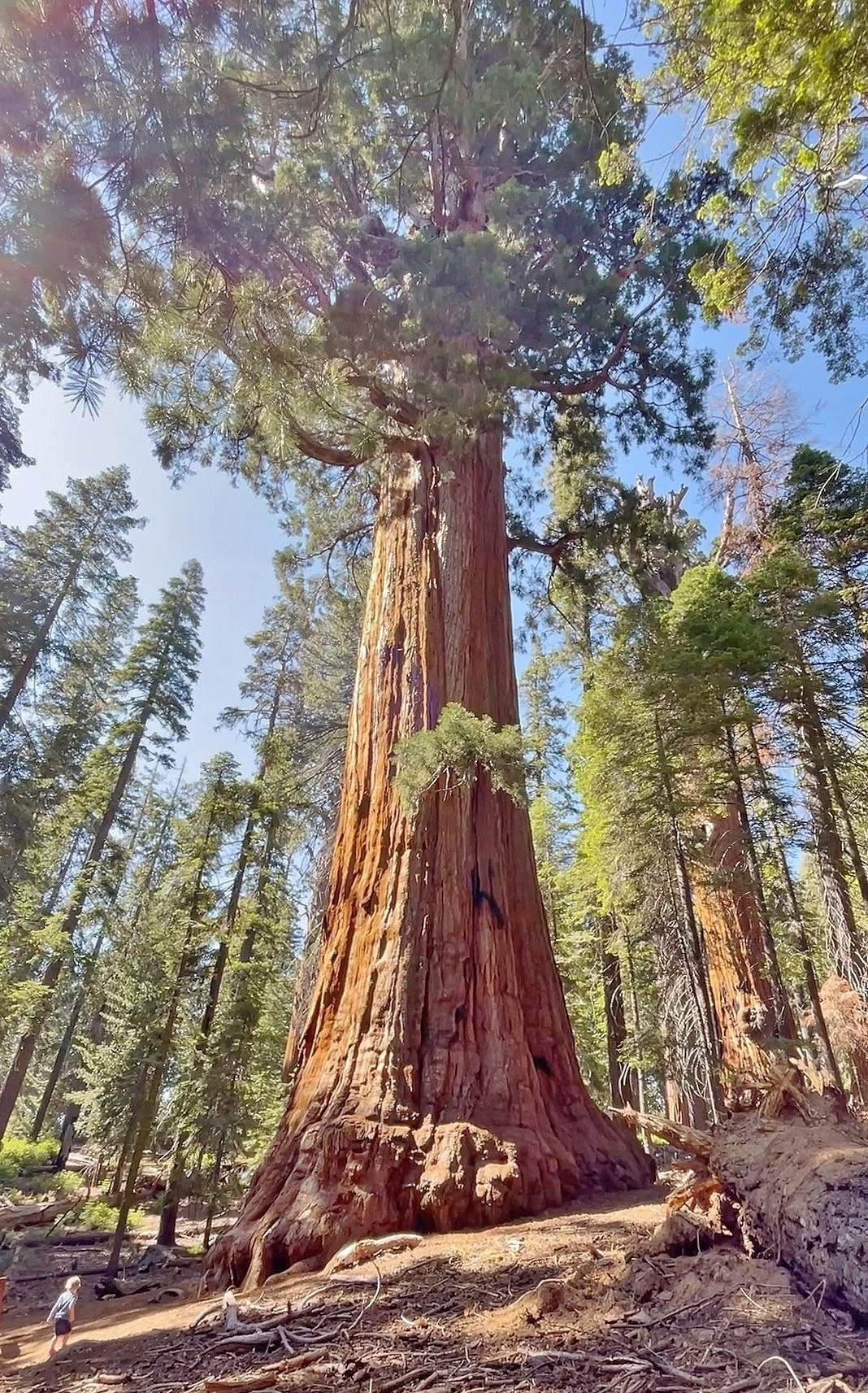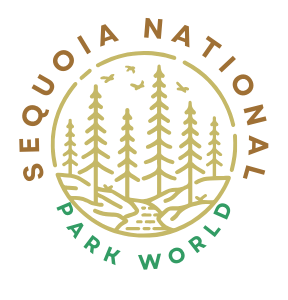The Giant Forest of Sequoia National Park in Tulare County, California, USA, is a breathtaking natural wonder that showcases some of the world’s largest and oldest trees. This awe-inspiring forest, located in the southern Sierra Nevada mountains, is home to majestic giant sequoias, including the famous General Sherman Tree. With its network of hiking trails, visitor amenities, and accessibility options, the Giant Forest offers an unforgettable experience for nature enthusiasts and casual visitors alike.
What Makes the Giant Forest Unique?

The Giant Forest stands out for its concentration of massive sequoia trees, some of which are over 3,000 years old. These ancient giants create an otherworldly atmosphere, with their towering heights and massive trunks dwarfing everything around them. The forest’s ecosystem is carefully preserved, allowing visitors to witness the natural cycles of growth, decay, and regeneration that have shaped this landscape for millennia.
Where is the Giant Forest Located?

The Giant Forest is situated in the heart of Sequoia National Park, which is in Tulare County, California. It’s approximately 80 miles east of Fresno and about 225 miles north of Los Angeles. The forest covers an area of about 1,880 acres at an elevation ranging from 5,700 to 6,700 feet above sea level.
What is the Most Famous Tree in the Giant Forest?
How Big is the General Sherman Tree?
The General Sherman Tree, the crown jewel of the Giant Forest, is renowned as the largest tree on Earth by volume. Here are its impressive statistics:
- Height: 83.8 meters (274.9 feet)
- Diameter at base: 7.7 meters (25 feet)
- Circumference at ground: 31.3 meters (102.6 feet)
- Maximum diameter at base: 11.1 meters (36.5 feet)
- Estimated trunk volume: 1,487 cubic meters (52,500 cubic feet)
How Old is the General Sherman Tree?
The age of the General Sherman Tree is estimated to be around 2,200 years old. However, earlier estimates have ranged from 2,300 to 2,700 years. Regardless of its exact age, this tree has been a silent witness to centuries of history.
What Hiking Trails Can Visitors Explore in the Giant Forest?
What is the Congress Trail?
The Congress Trail is one of the most popular hiking routes in the Giant Forest. Here’s what you need to know:
- Length: 3-mile loop
- Difficulty: Easy
- Estimated time: 1-2 hours
- Starting point: Near the General Sherman Tree
- Highlights: Passes by numerous giant sequoias and connects to other forest trails
Are There Other Trails in the Giant Forest?
Yes, the Giant Forest offers a network of interconnected trails that allow visitors to explore different areas of the forest. Some notable trails include:
- Big Trees Trail
- Moro Rock Trail
- Crescent Meadow Loop
- High Sierra Trail
These trails vary in length and difficulty, providing options for both casual walkers and experienced hikers.
What Amenities are Available for Visitors?
Where Can Visitors Park?
The main parking area for the Giant Forest is located off Wolverton Road. There’s also accessible parking available on the Generals Highway, about 2 miles from the Giant Forest Museum and 3 miles from the Lodgepole Visitor Center.
What Facilities are Available?
Visitors to the Giant Forest can expect the following amenities:
- Restrooms at the General Sherman Tree parking area
- Giant Forest Museum for information and exhibits
- Trash cans and water fountains
- Food storage lockers (important for bear safety)
- Free shuttle service with stops at major attractions
How Accessible is the Giant Forest for All Visitors?
Is the General Sherman Tree Accessible?
Yes, the General Sherman Tree is accessible to visitors with mobility challenges:
- The main trail is paved and wheelchair-accessible
- The path is gently sloped and about 500 feet long
- Accessible parking is available nearby
What Transportation Options are Available?
- Free park shuttles run every 15-20 minutes
- Shuttles stop at the General Sherman Tree parking area
- This service helps visitors avoid the uphill return hike
What is the Best Time to Visit the Giant Forest?
When is the Park Open?
Sequoia National Park, including the Giant Forest, is open 24 hours a day, 365 days a year. However, some facilities and services may have limited hours or closures during winter months.
What are the Seasonal Considerations?
- Summer (June-August): Peak season with warm weather and all facilities open
- Fall (September-November): Less crowded with beautiful fall colors
- Winter (December-February): Snow-covered landscape, some road closures possible
- Spring (March-May): Wildflowers bloom, but weather can be unpredictable
How Can Visitors Prepare for a Trip to the Giant Forest?
What Should Visitors Bring?
- Comfortable walking shoes
- Layers of clothing (temperatures can vary)
- Water and snacks
- Camera
- Binoculars for wildlife viewing
- Sun protection (hat, sunscreen, sunglasses)
What Safety Precautions Should be Taken?
- Stay on designated trails
- Be aware of wildlife, especially bears
- Use food storage lockers to prevent bear encounters
- Check weather forecasts before your visit
- Inform someone of your hiking plans if venturing on longer trails
How Does the Giant Forest Contribute to Conservation Efforts?
The Giant Forest plays a crucial role in conservation:
- Protects ancient sequoia groves
- Serves as a living laboratory for scientists
- Educates visitors about forest ecosystems
- Demonstrates the effects of climate change on forest health
- Preserves habitat for diverse wildlife species
By visiting the Giant Forest, you’re not only witnessing natural wonders but also supporting ongoing conservation efforts in Sequoia National Park.
The Giant Forest of Sequoia National Park in Tulare County, California, USA, offers a unique opportunity to connect with nature and witness some of the most impressive trees on the planet. Whether you’re a seasoned hiker or a first-time visitor, the forest’s diverse trails, accessible facilities, and awe-inspiring scenery provide an unforgettable experience. As you walk among these ancient giants, you’ll gain a new appreciation for the natural world and the importance of preserving these magnificent ecosystems for future generations.
